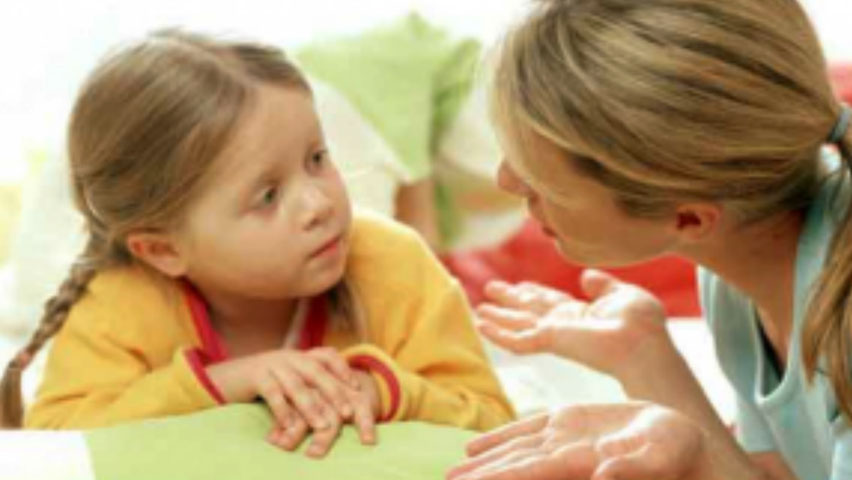As adults we are well aware of the experience of “peer pressure”. Perhaps you experienced it in school, at work or even at home. But did you know that even young children might experience peer pressure from time to time? In the early years that pressure is mostly related to making and keeping friends. Your young child is at a time of development when she is becoming very aware of other children and is interested in creating friendships. At this time she may start to worry about what she will wear or bring to school. Most importantly she is concerned with who will be her friend.
~BFF~
You may have noticed in the first days of school that your child started moving towards her new friends as she separated from you. She saw a familiar face and rushed to join him or her. Or she may have stayed close to your side as she cautiously observed the other children in the room. Your young child usually want to make friends but may still be developing the skills necessary to truly build and sustain the relationships. Interestingly, the term “best friends” is something that young children are learning now at a much younger age. Young children often hear in the media about “BFF” and want to be a part of this “in crowd.” But “best friends” is a concept that has no longevity in the early years. They may know the term but not truly understand what it means. In the beginning of the school year children are experimenting with friendships and will often use this term as a way to “stake claim” to a particular friend but at the same time be totally willing to drop that friend if someone else becomes more interesting! You probably noticed at this stage that your child could have a certain “fickleness” based on the changing tides of peer friendships. Not to worry…this is quite natural for children at this age because the children’s concept of time and commitment has not developed yet. Happily, with the help of a good Kinderpillar teacher and patience from you, your child will grow out of this phase quickly.
Gender Roles
Boys play with blocks and cars while girls play with stuffed animals and dolls…not!
Preschool can also be a time when children begin to experience peer pressure to act like a “girl or a boy.” While not all boys choose the active play areas of the school. And not all girls settle into just the quiet art and dramatic play areas. But surprisingly many children at this age begin to choose their play activities based on their developing understanding of gender distinctions. Often these choices are based on the expectations of the other children, teacher and family. It is important to listen for any gender bias statements about play your child and her friends use. If you catch these early, you can help children know that girls and boys can do anything they want…no matter what any one says!
Navigating ~Show and Tell~
“Show and Tell” is a staple ingredient of many early childhood classrooms. This seemingly simple event can actually be fraught with peer pressure. Even at this young age, children are very aware of the differences between socio-economic groups as reflected by the “things” they bring in to share. Remember, “Show and Tell” is not a competition but an opportunity to share something about your home and family. It is very important to talk with the teacher to see what are appropriate things to share in class. Often the teacher will suggest a “theme” or “topic” for the “show and tell” items. This allows for a more equanimous assortment of objects, thus creating much less stress on your child to have the “best” or “newest” item in the class!
Help Your Child Deal with Peer Pressure
There are simple ways you can help your child navigate the growing awareness of peer pressure. For example you can invite a new friend for a playday. This is probably the number one way to help your child make friends. Encourage her to make a friendship with a school friend in your own home. This is a much safer and easier place than the classroom. Any relationships formed at home will easily translate to school. Be aware if you are encouraging gender non-specific play. For example you can play catch with your daughter, or cook with your son. Look for after school activities (dance, karate, music or art lessons) that encourage a mixture of genders. You can make “Show and Tell” special by working together to actually make something to bring to school to show! Choose a simple project you can make together and share. For example you can make a personalized family photo album. This is a great way to introduce your family to your child’s new friends at school.

